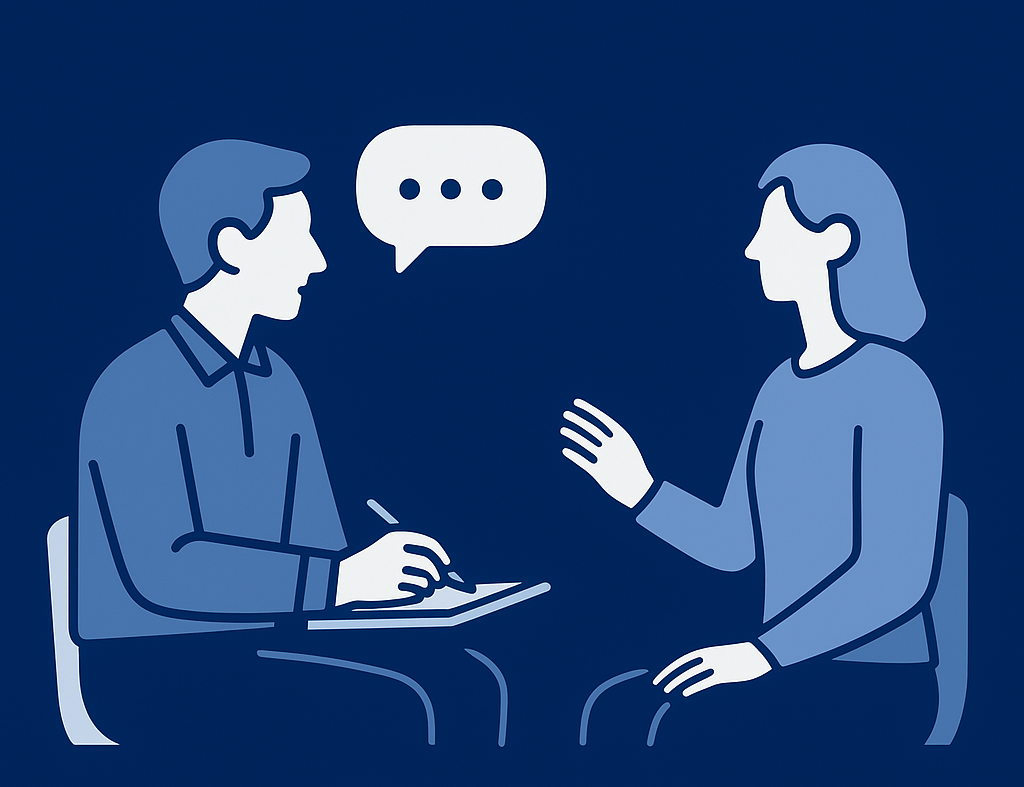![[interface] image of a laptop displaying product interface (for an ai saas company)](https://cdn.prod.website-files.com/6856734bb51eba837adcbfe6/6891fb2e0ff0aab496f5299f_airbus-a320-1.jpg.webp)
Airbus Experience
This case study highlights a 1.5-month project that I began during my third month at Airbus. The project focused on creating an Internal Enterprise Dashboard for Tracking Complex Aircraft Change Processes in a fast-paced, cross-functional environment. Because of Airbus’s confidentiality requirements, I am unable to show project deliverables directly. Instead, I’ll outline the design process, from research and stakeholder interviews to co-design workshops and delivery, to give insight into the type of work I do and the challenges I solve at Airbus.

![image of a customer service representative working in a digital interface environment [digital project]](https://cdn.prod.website-files.com/6856734bb51eba837adcbfe6/6891f8fad37fa6a5f535d511_Define.png)

![[interface] image of software interface (for a edtech)](https://cdn.prod.website-files.com/6856734bb51eba837adcbfe6/6891fcba911134dfc19645f2_Deliver%20and%20Learn.png)